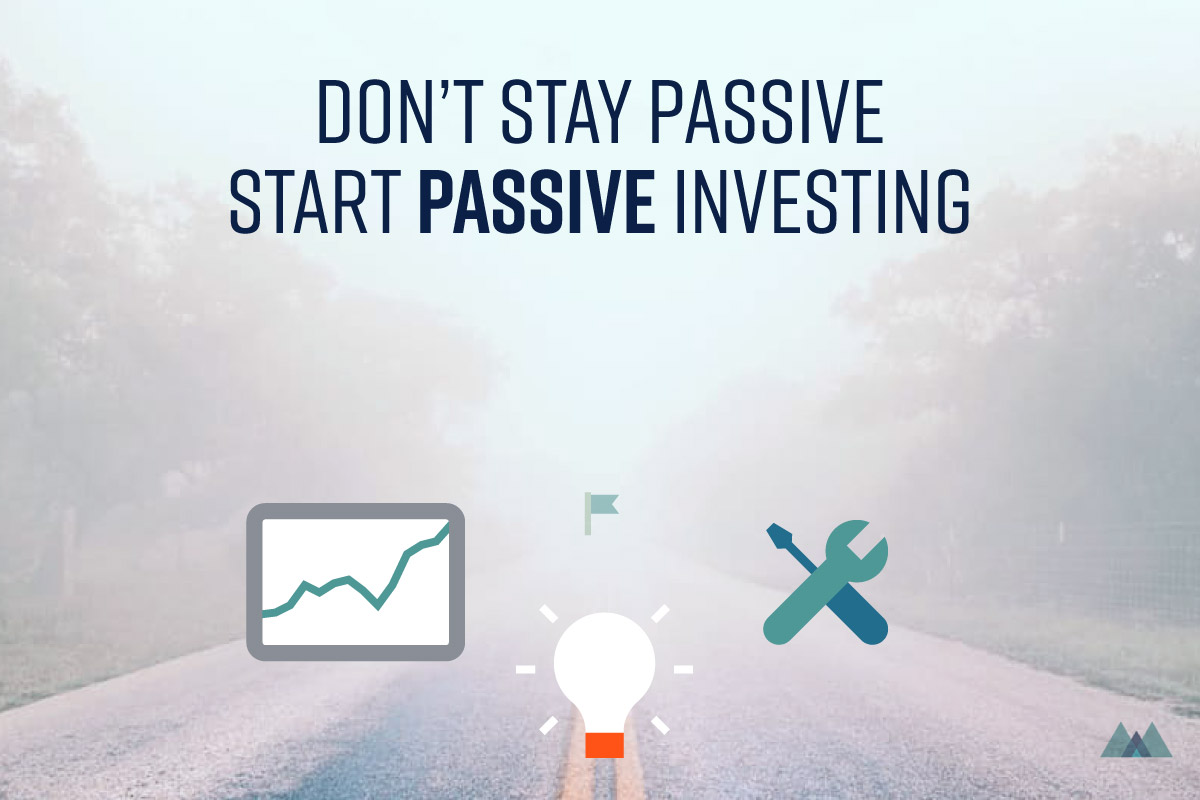Why Bother DIY Investing?
- Technology Is On Your Side: The latest investing information is now open to anyone, as well as cutting-edge platforms and tools that make DIY investing easy and cheap (it’s closer to online shopping than rocket science).
- Easy-to-apply Strategy: Among all the great strategies, passive investing is a strategy beginner investors can easily follow. With minimal training and effort, passive investors can save on the cost of investing and increase returns.
- Strengthen Your Capabilities: DIY investing is a great learning process, and helps you choose apt advice from various financial professionals - In the end, you are the one who should be making decisions about your money.
DIY Passive Investing
“Passive” does not sound impressive, but don’t let this boring word distract you. Passive investing, or index investing, refers to the index-copying and cost-saving way of investing. You simply copy, and buy, whatever is in an index. The goal is simply performing average while saving on time and fees.
It’s funny that investing should be all about making more money than others. However, experts concluded that there is no ingenious way to consistently perform better than the overall market. A company’s performance, a nation’s economy, or global financial matters cannot be controlled by investors, but time and cost can. Thus, passive investors aim to match overall market’s performance through low-cost diversified products that follow indexes (e.g. index funds, ETFs,...) for a long term (10 years +).
Active vs. Passive Investing
Active management for investment means the aim is to make higher returns than others. To make this happen, fund managers and analysts spend time on research, analysis, and frequently trade assets - this all factors into the high cost of investing. On the other hand, passive investing tends to hold on to investments in order to reduce trading costs. It usually follows the overall market trends by following market indexes with less effort - so the cost becomes a lot less.
Active investing strategies have their own benefits, and some actively managed funds perform very well - the tricky part is it’s hard to pick the right one. As well, there are very few actively managed funds that consistently (10 years +) perform better than market indexes.
Financial professionals come up with new ideas, strategies, and products - so active or passive investing strategies are not exactly in black and white. Specific investment strategies can be applied to index-following ETFs or funds, so it’s important to read the fine print before making major decisions.

Time's up

